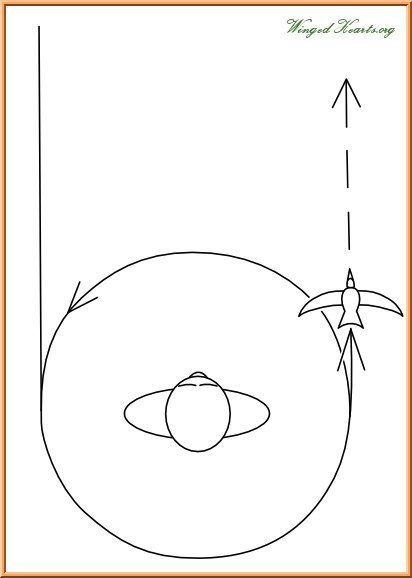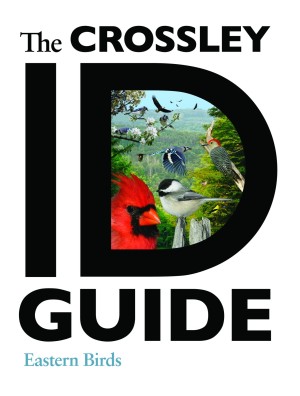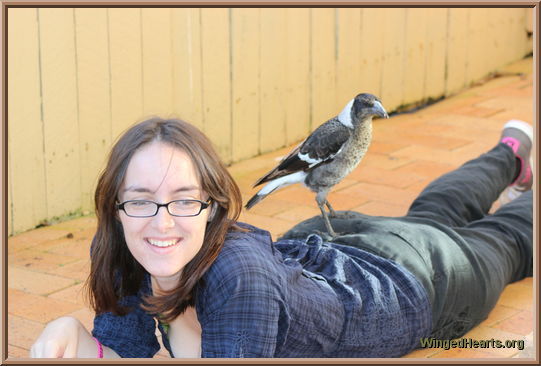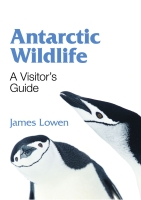Submitted by Ron on 24 September, 2011 - 17:03
Earlier I told you about one of the "phrases" magpies have taught us - the "J phrase", which your friendly magpie will use if (s)he wants you to follow him or her. Vicky Magpie used it to take us to her babies.
But what if your friend wants to point you in a certain direction, but does not want you to actually go there? That's what the "b phrase" is for. Your friend flies towards you, and then flies in a slow circle around and above you, like a letter "b":


Submitted by Gitie on 19 August, 2011 - 15:34
Submitted by Gitie on 19 August, 2011 - 12:27
 The Crossley ID Guide: Eastern Birds
The Crossley ID Guide: Eastern Birds makes bird identification much easier. Richard Crossley has used over 10,000 of his own photographs to make composite images for over 660 species found in the USA and Canada. The plates show the birds in natural surroundings as one is likely to find them in the field, from various angles - perched, flying past, close up and afar. The images include male, females, juvis, adults and show their plumage changes over the seasons.
makes bird identification much easier. Richard Crossley has used over 10,000 of his own photographs to make composite images for over 660 species found in the USA and Canada. The plates show the birds in natural surroundings as one is likely to find them in the field, from various angles - perched, flying past, close up and afar. The images include male, females, juvis, adults and show their plumage changes over the seasons.
This is a new approach to bird identification. In pages 22-27 Crossley explains how the book should be used. Bird Topography is covered in pages 28 - 31 and the book starts with a visual size guide to help the reader understand the proportions of the birds in relation to each other.
A lover of pictures, the author states he doesn't like text and prefers to use vibrant, colourful images to help train the brain to recognise the different shapes of the birds in their most likely to be seen scenarios.

Submitted by Gitie on 31 July, 2011 - 16:35
One year old Pingu magpie loves her human friend Victoria.


Submitted by Gitie on 9 July, 2011 - 16:47

The Antarctic has become a popular tourist destination. Last year over 80,000 people took the opportunity to cruise around the region with numbers increasing each year.
James Lowen's book is a timely guide. The paperback flexicover makes it easy and lightweight to carry around. There are hundreds of superb photographs covering 83 species of birds. Identification of the 24 species of dolphins and whales found in the regions of the Beagle Channel, the Drake Passage and the Antarctic Peninsula are also covered along with 8 species of seals.
The book is also a handy guide for people planning a trip to the region as it discusses the seasonal highlights and the best time to view the different species. 'Where to look' and 'Talking Points' also add insights about each species.
If you're planning a trip to the Antarctic make sure that you take this book with you. I certainly will.

Pages












